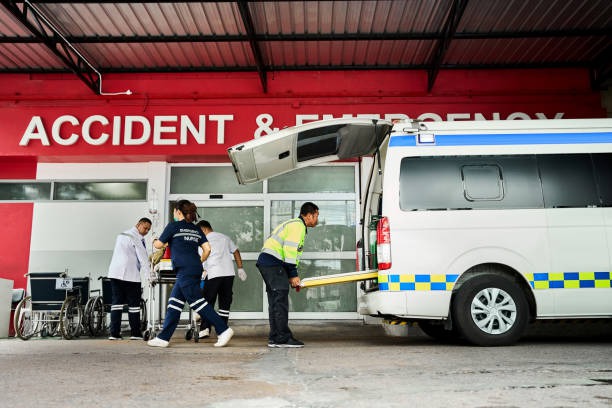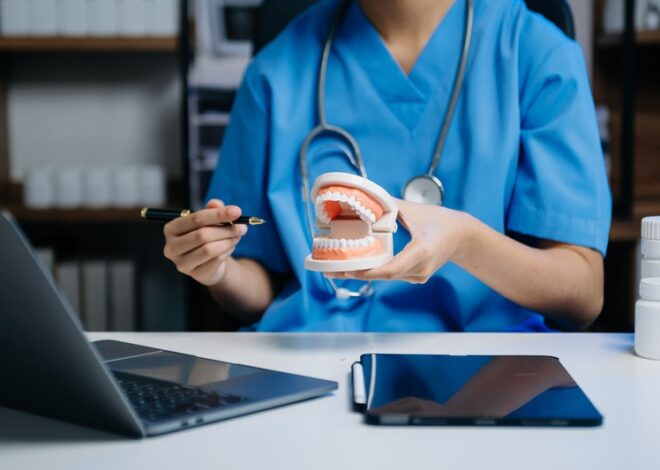
How Quick Response Times Can Save Lives in Medical Emergencies
Medical emergencies can happen at any time, often without warning. Whether it’s a heart attack, stroke, or severe allergic reaction, rapid response is crucial. Reacting swiftly can be the difference between life and death. We often hear about the “golden hour” in trauma care, a period when prompt medical attention can significantly improve outcomes. Let’s explore why quick response times are essential in these critical situations.
The Science Behind Rapid Response
When an emergency strikes, every second counts. The human body can experience severe deterioration without immediate care. Here’s why:
1. Time-Sensitive Conditions
-
Heart Attacks: Quickly restoring blood flow can prevent heart muscle damage.
-
Strokes: Administering clot-busting medications within the first three hours can greatly impact recovery.
-
Severe Injuries: Rapid stabilization can reduce the risk of complications.
2. Reducing Complications
Immediate care can minimize the risk of long-term disabilities. Professionals focus on stabilizing the patient to prevent further injury.
The Role of Emergency Teams
Emergency medical teams are trained to handle a variety of situations, and their prompt arrival is often the first step to saving lives.
How Response Teams Operate
-
Assessment: Quickly evaluating the patient’s condition.
-
Stabilization: Ensuring vital signs are stable.
-
Transport: Rapidly moving the patient to appropriate care facilities.
When thinking about how Ohio ambulance services operate, one can see that they exemplify these crucial actions in emergency care. Their efficiency in these areas ensures patients receive the fastest possible treatment.
Technology’s Impact on Response Times
With advancements in technology, medical response times have improved significantly.
1. Communication Tools
Improved communication systems allow for instant updates between dispatchers and emergency teams, reducing response times.
2. GPS and Navigation
With real-time GPS navigation, emergency vehicles can avoid traffic, ensuring quicker arrivals.
Training and Preparedness
Proper training and preparedness are vital components of quick response strategies.
The Benefits of Continuous Training
-
Regular Drills: Simulated emergencies help maintain a high level of readiness.
-
Updated Knowledge: Constant learning ensures teams are familiar with the latest medical protocols.
Teams like those providing Ohio patient transport services are extensively trained to ensure quick and efficient patient care.
Community Involvement Helps Reduce Response Times
You might be surprised to know that community members also play a significant role in emergencies.
How Communities Contribute
-
First Aid Training: Equipping locals with basic life-saving skills.
-
Awareness Campaigns: Educating people on recognizing emergencies and contracting services promptly.
The Psychological Impact of Quick Responses
Fast action saves lives and provides reassurance and emotional support to patients and their families.
1. Alleviating Anxiety
Knowing help is arriving quickly can reduce the stress experienced during emergencies.
2. Building Trust
Quick responses build trust in the healthcare system, reinforcing the belief that one is in safe hands.
Reviewing cases such as those involving emergency medical transport in Ohio, we see firsthand the lives saved through effective response strategies. These stories underscore the real impact of timely care.
Challenges Faced by Emergency Services
While quick responses are critical, various challenges can impede optimal performance.
1. Resource Allocation
Balancing available resources with demand can be a formidable task.
2. Geographic Barriers
Rural areas face challenges due to longer distances from medical facilities.
3. High Demand
During large-scale emergencies, the demand for rapid response can exceed available resources.
Suggestions to Improve Response Times
Improvements can be made by addressing the challenges and enhancing efficiency.
1. Investment in Technology
Continued investment in technology can optimize logistics and communication systems.
2. Community Engagement
Promoting first aid training and emergency awareness saves critical time in emergencies.
3. Policy Support
Government policies focused on improving infrastructure and resource availability are essential.
The Importance of Public Awareness and Education
Educating the public about identifying and reacting to medical emergencies is crucial for improving outcomes. Public awareness campaigns can empower individuals to act swiftly and appropriately before professional help arrives.
How Education Makes a Difference
-
Recognizing Symptoms: Public education initiatives can help people identify the early signs of heart attacks, strokes, and other emergencies, allowing for quicker intervention.
-
Empowering Action: Teaching community members simple but effective techniques like CPR and the use of AEDs can make a critical difference in the minutes before emergency teams arrive.
Initiatives that have successfully integrated public education have demonstrated improved survival rates in emergencies. For instance, widespread CPR training in communities has been shown to double or triple survival rates in cardiac arrest situations.
The Role of Policy and Infrastructure
Effective policy and robust infrastructure play vital roles in ensuring rapid response times. Policies that focus on resource allocation, training standards, and infrastructure development are essential for enhancing emergency response capabilities.
Key Policy Areas
-
Resource Allocation: Governments can ensure that sufficient resources, such as emergency vehicles and medical supplies, are available to meet demand, particularly in underserved areas.
-
Infrastructure Development: Developing and maintaining roads, communication networks, and healthcare facilities ensures that emergency services can operate efficiently.
Examples and Impact
In states like Ohio, policies that support emergency services have led to notable improvements in response times. Investments in road networks and enhanced communication systems allow for quicker and more reliable patient transport, improving overall outcomes.
Final Thoughts
Quick response times in medical emergencies are more than just a logistical challenge; they are a lifeline for those in dire need of care. The collaboration between emergency teams, technology, and the community plays an essential role in ensuring that life-saving care reaches those who need it most. With continuous efforts to enhance these components, we can further improve outcomes and ensure more lives are saved. Remember, being prepared and knowing what to do in an emergency can make an enormous difference. It’s not just about having the right team but also the right mindset and tools to react swiftly when every second counts.


